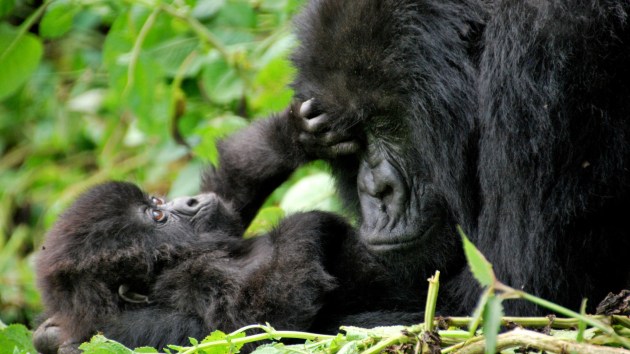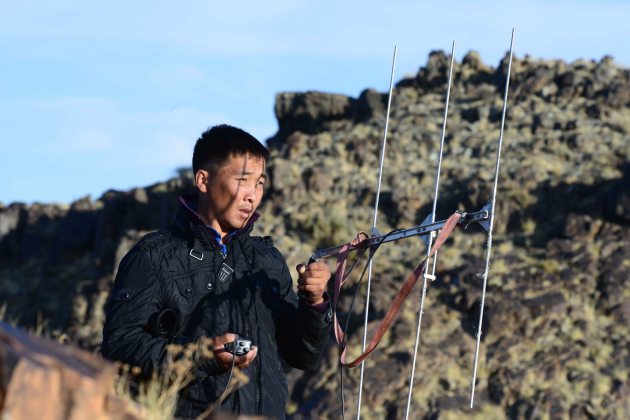Discover stories in Protected Areas
How Can We Protect Endemic Species in the Face of Urban Growth?
There will be almost 2 billion additional urban dwellers by 2030. In the face of this massive urban growth, how can we protect plants and animals that are endemic to different regions around the world?
Intense Human Pressure Threatens One-third of Protected Areas
Protected areas are the most common tool used by conservationists to protect biodiversity. But what if they don’t actually work?
A Bird Blitz for Nature Conservancy Lands and Waters
The second Conservancy-wide Bird Blitz launches, counting birds on Conservancy-protected lands and waters.
Threatened Bats Find a Slice of Paradise in New Jersey
Protected forests, like the one at High Mountain Preserve and others yet to be found, give bats that were devastated by white-nose syndrome room to reproduce and recover.
Tracking Little Turtles on the Prairie
What do you do if you only have 8 known Blanding’s turtles in the population you’re studying at Illinois’s Nachusa Grasslands Preserve? Get out the hoop traps and the sardines.
New Protections & Tagged Turtles Provide Hope for the Arnavon Islands
A second round of satellite-tagged turtles provides more migration data, while the Arnavons rookery receives new protections to help prosecute poachers.
Noise Pollution is Pervasive in U.S. Protected Areas
New research shows that human-created noise pollution is pervasive across protected areas in the United States.
Rwanda Looks to National Parks as Part of a Peaceful, Hopeful Future
On the Rwandan Genocide Memorial Day, a look at how national parks could be a part of the country’s vision for a peaceful, prosperous future.
The Surprising Importance of Freshwater Fisheries to Global Food Security
Marine fisheries are well known for their ability to produce food. But rivers and lakes are vital to food security too.
Big, Bold & Blue: Lessons from Australia’s Marine Protected Areas
A new book by Conservancy scientists details the lessons learned by Australian scientists, policymakers, and communities during more than 130 years of marine conservation.
On the Trail of Ghosts: Searching for Snow Leopards in Mongolia
Follow Conservancy scientist Joe Kiesecker on the trail for snow leopards in Mongolia's mountains.
Flight Over the Bas-Ogooué: Using Drones to Map Gabon’s Wetlands
Nature Conservancy scientists are using unmanned aerial vehicles to create the first-ever detailed wetlands map of coastal Gabon, in partnership with NASA and the European Space Agency.











